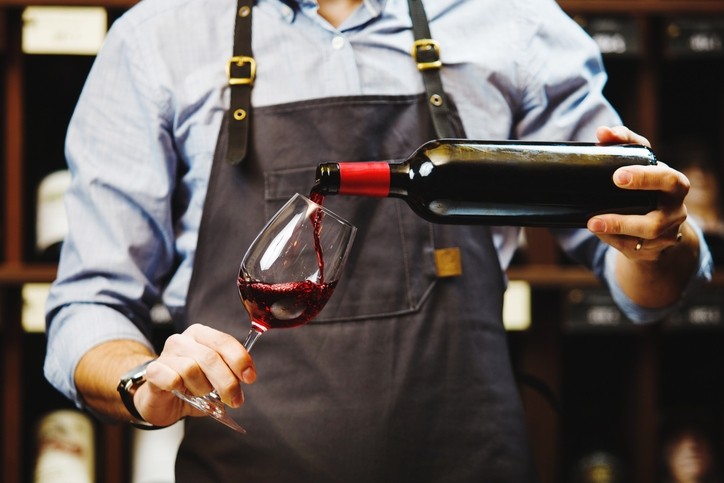German consumers think economically when buying wine

In 2022, 10% less wine was bought in Germany, according to the figures from a NielsenIQ survey carried out on behalf of the institute, hitting sales which declined 6.5% in value.
Products from both domestic producers and wine importers have been affected. “Due to the loss of purchasing power caused by the rise in the cost of living, household purchases have focused strongly on essential products. As a result, fewer households bought wine and paid more attention to the price,” explains DWI Managing Director Monika Reule.
Less market share at higher prices
Domestic suppliers had to accept a drop in volume of 14% and a drop in sales of 8% at an average price of €4.18/l.
While still having to deal with declines, cheaper wine imports (naturally dominated by products from neighboring wine heavyweights Italy, Spain and France) were hit less hard. With an average price of €3.64/l, volumes of these wines fell by 7% while spending by 5%.
As a result, the market share of German wines has fallen slightly by one percentage point to 44% (compared to the largest importer, Italy, which takes a 16% market share). Domestic wines, however, accounted for an unchanged 47% share of wine spending, reflecting the higher average price.
Positive trends: organic and online
One exception to declines was organic wine: which maintained its 3% market share.
Rosé wines, too, are becoming increasingly popular. “Contrary to the general wine purchasing trend, sales of rosé wines developed positively in 2022,” notes the institute. “They improved their share of the wine purchasing volume by one percentage point to 13%."
However: "This growth came at the expense of red wine consumption, whose market share fell from 41 to 40%. White wines remained unchanged with a volume market share of 47%.”
Retail channels
Online wine purchases have not only maintained their share of the market – gained during pandemic lockdowns – but also managed to increase again by two percentage points to take a 13% share in 2022.
The food retail trade (LEH), on the other hand, has lost two percentage points among wine shops, but remains by far the most important source of wine for consumers: with 64% of all wines were bought in food retail in 2022. Discounters have an unchanged market share of 37%.
Meanwhile, direct sales from producers are still important for German wines: with 22% of wines purchased in local businesses or in their online shops.








